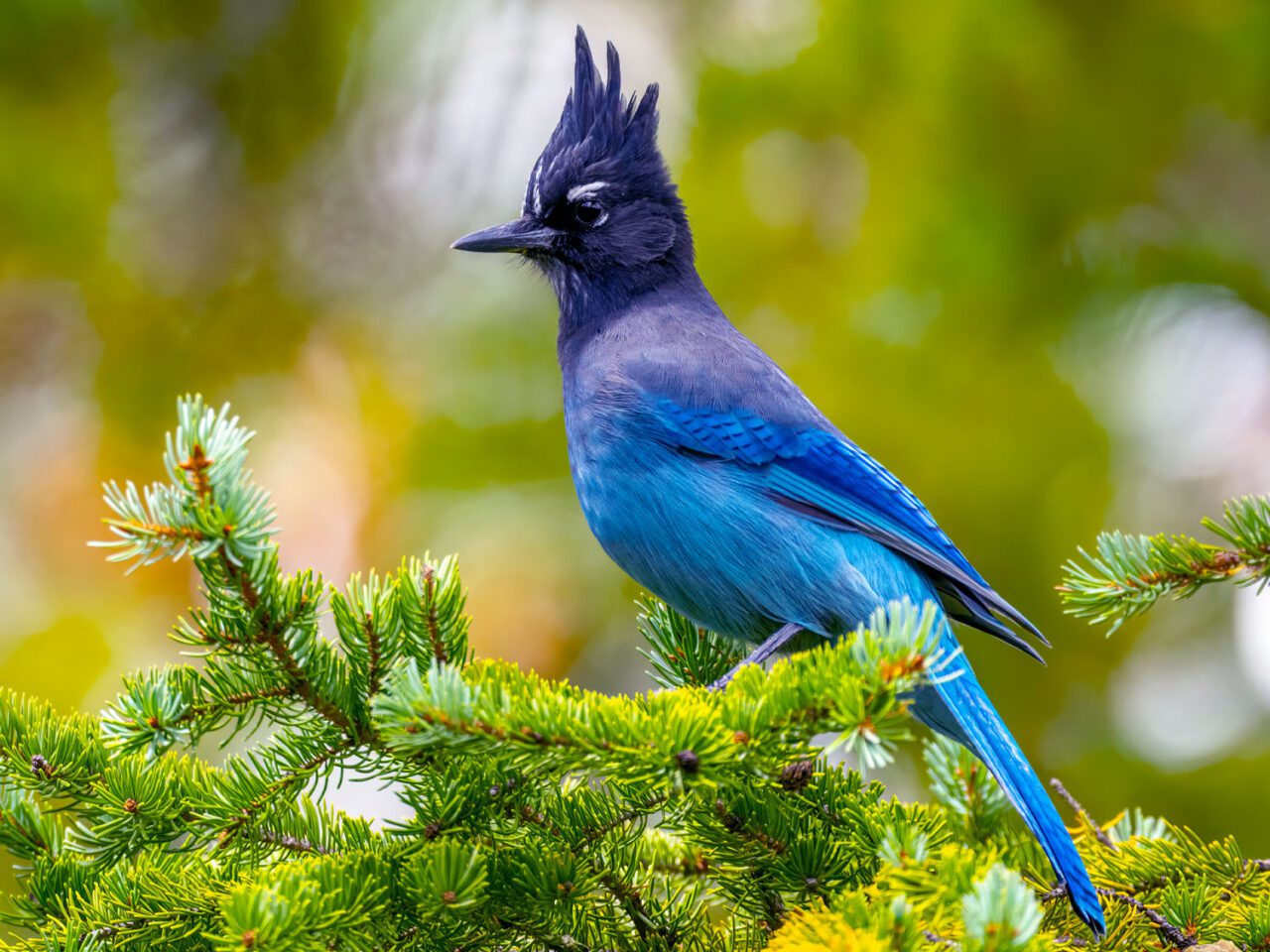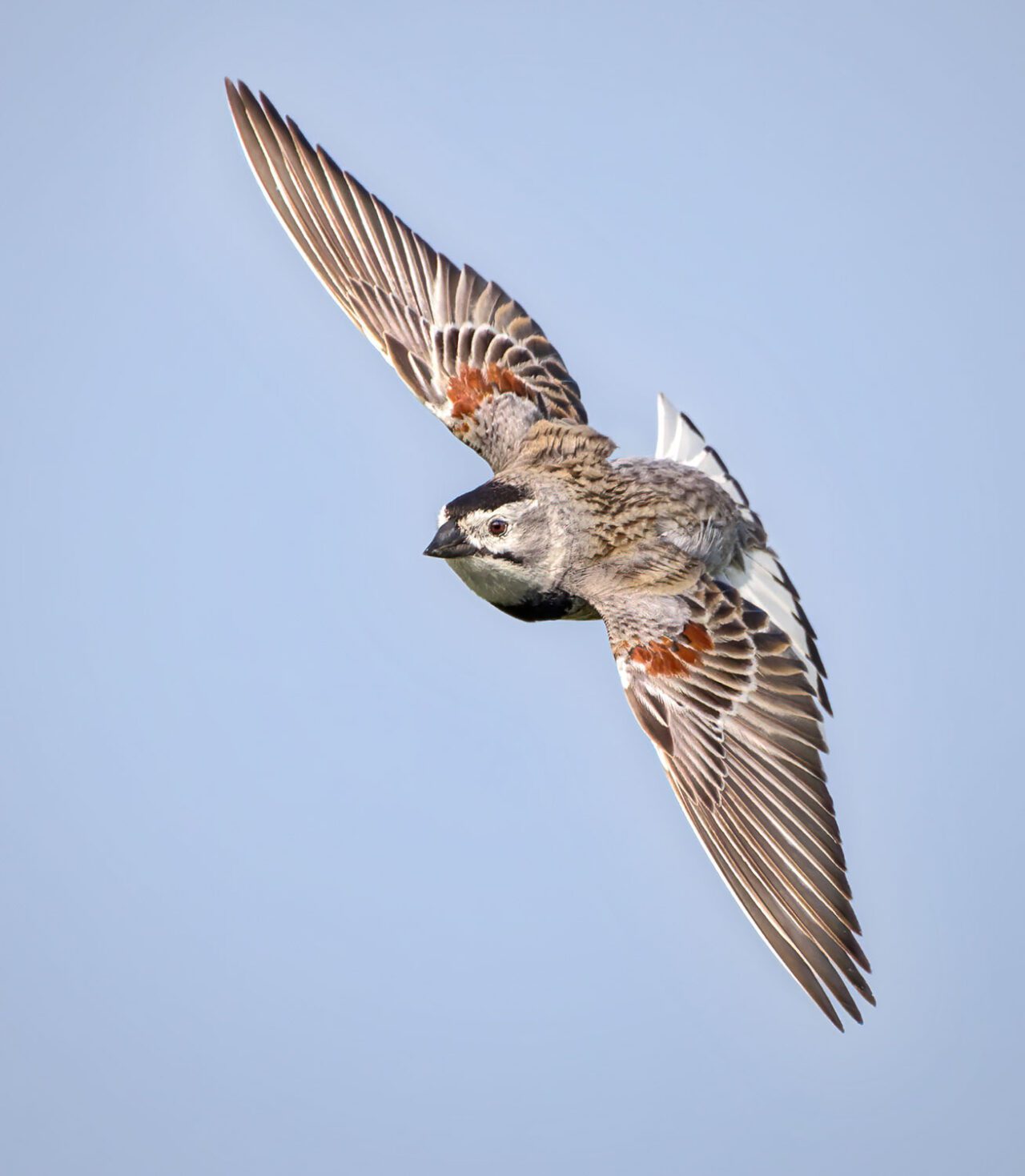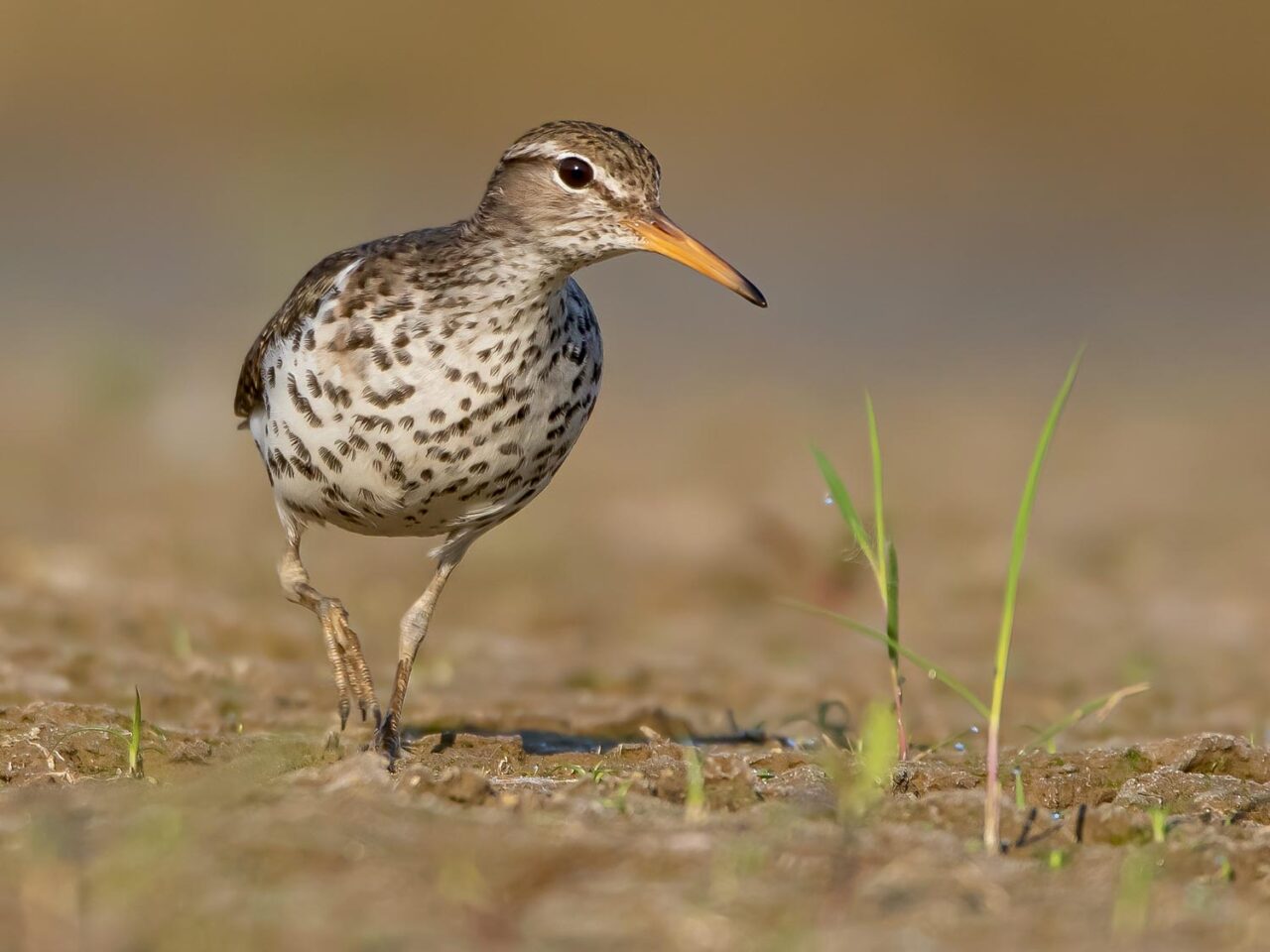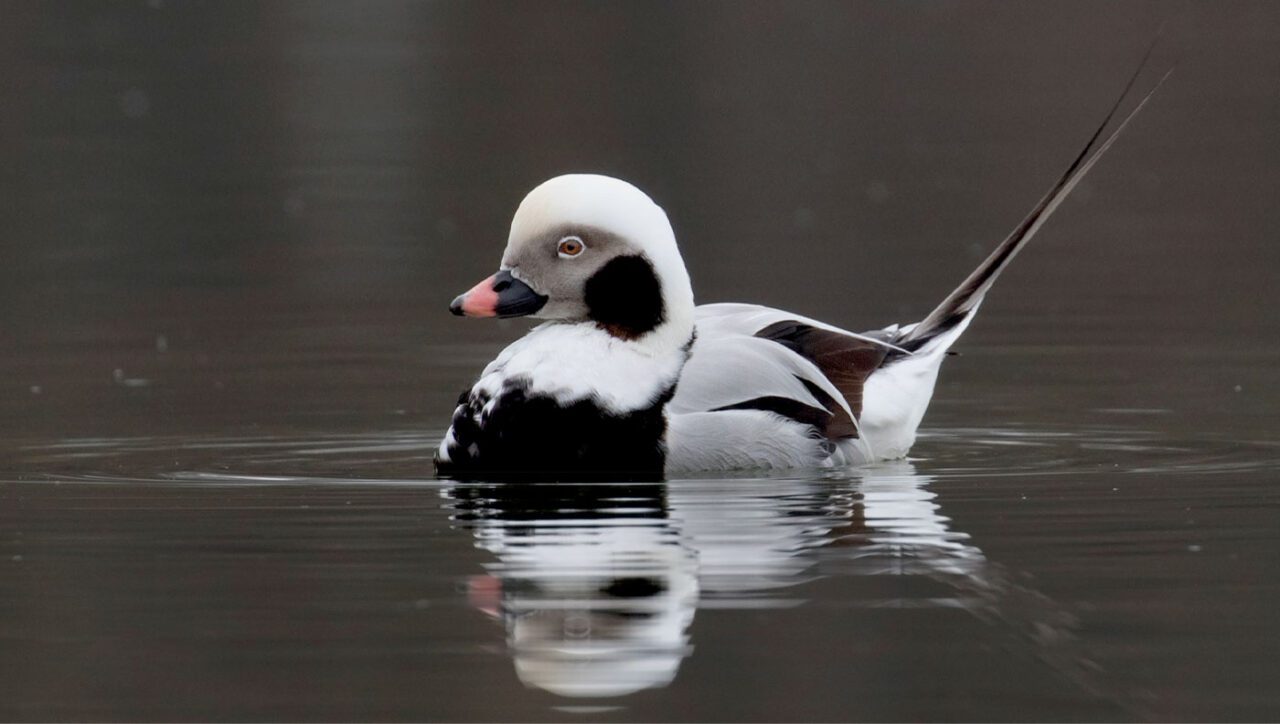
When a special committee of the American Ornithological Society first met to reconsider the common names of birds named after people, eBird project leader Marshall Iliff came to a realization: despite long-standing practice, naming birds after people doesn’t work very well for birders, or birds.
“Naming nature after people taints it a little bit,” Iliff says. “When it comes to naming a bird,” he says, it’s “better to honor something about the bird, rather than a person.”
In the past few years, scientists have widely debated what to do with the names of birds, insects, fish, plants, and even mountains that include dated words with an offensive history, such as gypsy moth (renamed as spongy moth by the Entomological Society of America in 2021). For birds, the great majority of names under discussion are eponyms—species that have been named after a person.
Iliff and 10 other members of the AOS English Bird Names committee wrestled with the question of eponymous name changes for nine months, meeting every two weeks—an exhaustive effort that included conducting historical research, deliberating widely differing perspectives, and considering different processes for change. At the heart of the issue, the committee had to weigh two sides: is it better to keep long-accepted common names for the stability they provide; or would changing eponymous names free the birds from the personal pasts of individuals, as well as do a better job of describing the birds?
In August the committee recommended that AOS change the common names of every bird species in the U.S. and Canada with an eponym (read the committee’s full report). On November 1, the AOS announced that it will follow through on that recommendation—starting a process that may take years, first focusing on 70–80 species found primarily in the U.S. and Canada.
In its recommendation, the society explained its rationale: “The AOS Council fully embraces this opportunity to remove exclusionary barriers to participation in the enjoyment of birds and, through the renaming process, to educate the public about the birds themselves, their recent population declines, and their dire need for conservation.”
Gaining Steam
The idea of reconsidering long-held bird names has been slowly gaining steam.

In 2019 birders campaigned to change the common name of the McCown’s Longspur, a grassland bird named for John McCown, a 19th century U.S. Army soldier. McCown made the first scientific collection of the species in 1851, but he went on to serve as a general in the Confederate Army during the Civil War. At first AOS rejected the proposal, citing the value of maintaining stability in common names. But in 2020 the classification committee revised its guidelines, adding considerations for changing English common bird names that create “ongoing harm.” A new version of the proposal was resubmitted and, this time, accepted. The bird was renamed Thick-billed Longspur.
The longspur’s renaming kicked off a larger discussion within the birding community. A year later, the AOS hosted a virtual forum called the Community Congress on Bird Names to open up dialog among ornithologists, birders, and leaders of conservation groups. (Read our coverage of the forum.) The general sentiment among people who spoke at the forum—including birding luminaries such as best-selling author Kenn Kaufman, field-guide author and artist David Allen Sibley, and American Birding Association president Jeff Gordon—favored making a change in common bird names.
“As I’ve learned more about eponymous bird names over the last year, it’s become clear that these names carry a lot of baggage,” said Sibley at the Community Congress. “The hardest part will probably be convincing the birding community that this is worth the trouble… But I think it’s important and definitely worth doing.”
Changing Names: Some Vs. All
The AOS English Bird Names committee formed the year after the Community Congress, and it considered a range of options for its recommendation, including a case-by-case analysis of only the common names with the most hurtful ties to racism, oppression, and violence. But committee members—which included biologists, taxonomists, and birders from eight institutions in the U.S. and Canada—say they felt that could set up an intractable process of making categorical value judgments about what people said and how they lived their lives, often more than 100 years ago.
Then the committee raised their lens to the more expansive problem: that eponyms are poor descriptors, more likely to convey ownership of a bird species by some person of the past (e.g., the vexing possessive apostrophe in Kirtland’s Warbler) than transmit information about the bird itself.

“Spotted Sandpiper is a really helpful name,” says Iliff. “Red-breasted Nuthatch, Pinyon Jay, those names describe something that’s really the essence of the bird.”
In the end, the committee concluded that if it was necessary to change certain eponyms, then the only feasible way to proceed was to change all eponyms.
As for how to go about changing all those eponyms, Irene Liu, who also served on the English Bird Names committee, says it will be critical to open up the official naming process for birds. Liu is a science editor in the Cornell Lab’s Center for Conservation Media, and she’s a scientist who studied the conservation genetics of blackbirds for her PhD. She says the renaming effort needs to reach well beyond people with PhDs and biology degrees.
“Scientists [should be on the committee] for sure, because we need their expertise,” she says, adding that the effort also needs to “call on people who are not normally involved in bird names.” The recommendations to the AOS Council called for new standing committee members who represent broad experiences and relationships with birds and their names, such as nonscientist birders, birding guides, naturalists, artists, and poets—as well as opportunities for public input, so anybody can suggest and provide feedback about possible new common names.
Liu says a goal is engagement of “a diverse public becoming invested in a renaming process in a way that will inspire excitement and engagement in birds.”
A Spectrum of Opinions
The committee members also know that excitement for a massive overhaul of common names won’t be universal—within the scientific community, the birding community, or the public at large.
Pam Rasmussen is the lead taxonomist for Birds of the World, the Cornell Lab’s online compendium of life histories for nearly every bird on Earth. She has been a member of the AOS North American Classification Committee for more than 20 years, where one of her duties has been helping to decide common-name changes each year as splits and lumps shake up the taxonomic classification of birds.
Every name change creates a little instability and strife for scientists and birders, Rasmussen says. But with 150-plus changes to common bird names coming down the pipeline, there will be many strong disagreements among the biologists, birders, and birding-tour guides who rely on the stability of a common language for bird names.
“A lot of people are going to be thinking that it’s an overreaction,” she says. “There are going to be people who are sad to see the names that they’ve grown up with, or the names that they’ve learned and used for many years, be changed.”
In the committee’s deliberations, Rasmussen says the group tried “to come up with a process that is going to be best for the long term—best for ornithology, best for ornithologists, and best for the birds.
“Whether one agrees with all the aspects of the decision or not, the best thing for ornithology, for ornithologists, and for birds is to be as positive and non-divisive as possible.”
And, she notes, everybody will have lots of time to get used to the idea of renaming 70–80 species in the U.S. and Canada with more descriptive common names: “We don’t expect anything to change for quite some time, months and months at least.”
The AOS publishes updates to bird names just once a year in summer. The society has announced that the first naming effort will be a pilot focused on a small number of species.
A Broader Base of Support for Birds
Liu says that the AOS also expects criticism about the ultimate impact of the renaming birds effort. Skeptics have said that changing a bird’s name doesn’t really accomplish anything in addressing past wrongs and exclusionary practices in ornithology.

“We don’t see the changing of names as sufficient action in itself … that’s not the end,” Liu says. “Instead, it’s a means to an end, which is to actually bend the curve.” She’s referring to the trend of pervasive population losses for birds across North America. A stated goal of the Cornell Lab is galvanizing action to turn the steep declines of birds into a steady rise.
There is precedent for changing a bird’s name with the aim of aiding its conservation outlook. About 20 years ago, biologists from the U.S. Fish and Wildlife Service petitioned the American Ornithologists’ Union (now the AOS) to change the name Oldsquaw to its current name, Long-tailed Duck. The petition noted that conservation efforts for the species would require the help of tribal partners in Alaska—but the duck’s name was offensive to many Indigenous people. In 2000, the check-list committee accepted the proposal and officially changed the name to Long-tailed Duck.
Ultimately, the broader eponym-renaming effort is geared toward what birds in decline need most, Liu says: more people who care about them.
“[We need] a big-tent approach to people getting involved in birds and falling in love with them,” she says, “so people can care about what happens to birds, and hopefully be a part of their recovery.”

